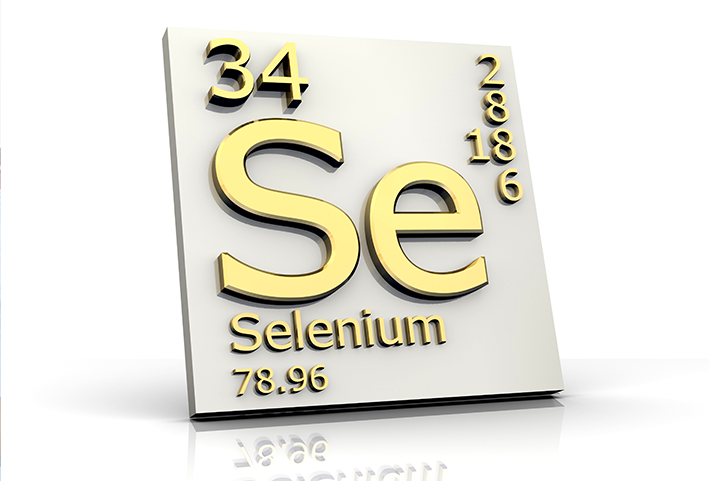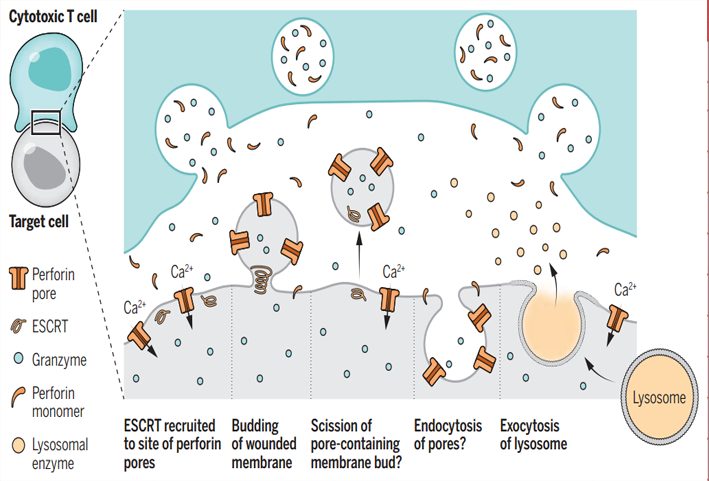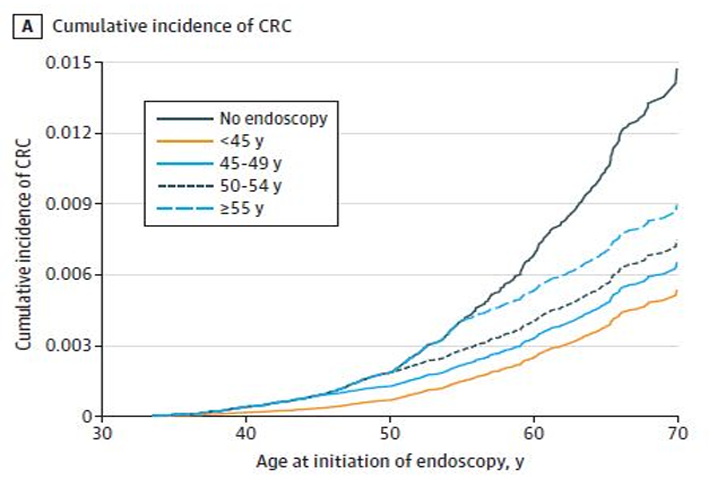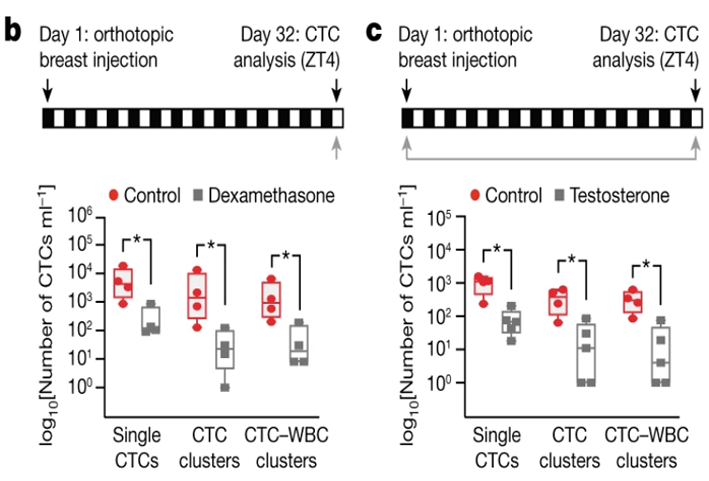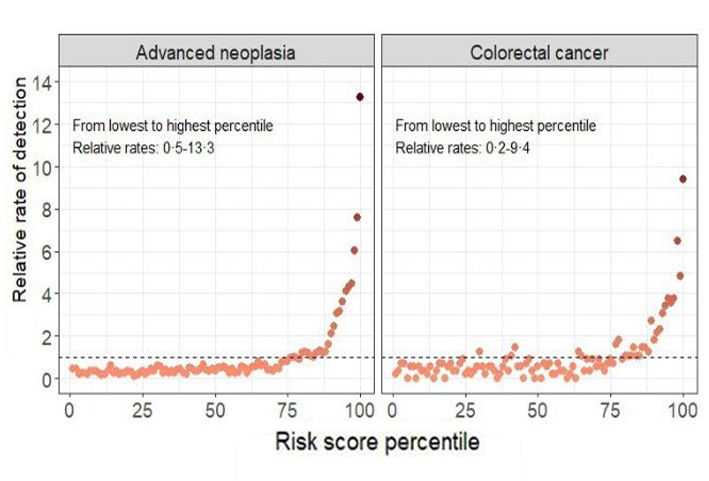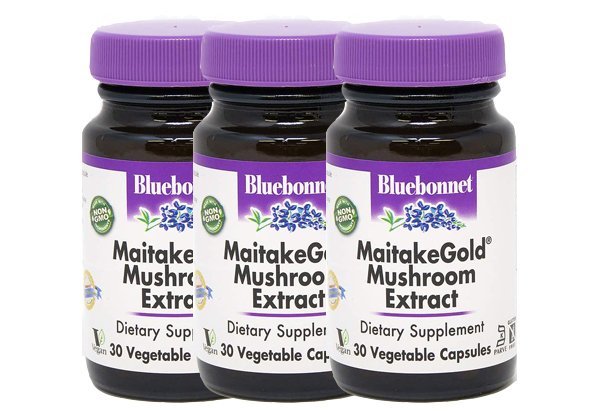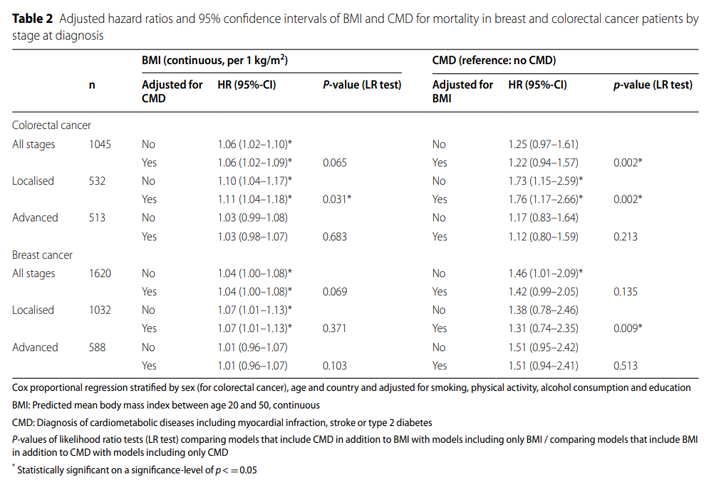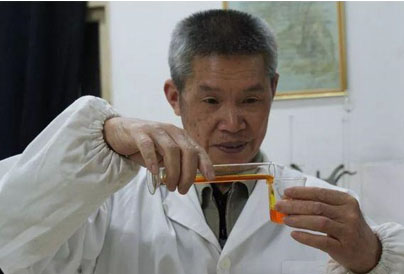Preface
Targeted therapy is known as the "missile" of cancer treatment. It has the characteristics of reliable efficacy, high efficiency and rapid onset. It can accurately kill cancer cells and minimize the damage of normal cells. With the continuous increase of global R & D investment and the acceleration of drug review at home and abroad, new target drugs have been discovered and clinical research has been carried out.
In the research of hot drug targets, the competition is fierce and the homogeneity is serious. Besides the well-known PD-1, what other hot targets are the focus of innovative drug research and development at home and abroad?
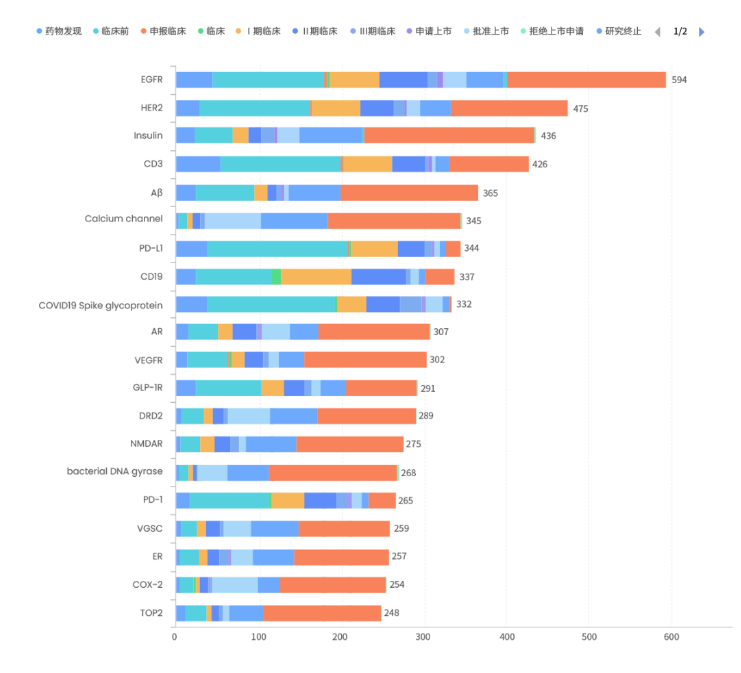
Top 20 global hot targets (data from Pharma cloud)
According to the global drug R & D database of yaorongyun, the top 20 hot targets in the global innovative drug R & D field are: EGFR, HER2, insulin, CD3, a β、 Calcium channel、PD-L1、CD19、COVID19 Spike glycoprotein、AR、VEGFR、GLP-1R、DRD2、NMDAR、bacterial DNA gyrase、PD-1、VGSC、ER、COX-2、TOP2。
Next, we will outline the research progress of some popular drug targets:
EGFR: a target of immunotherapy for lung cancer
Lung cancer is the malignant tumor with the highest incidence and mortality in the world. Among them, non-small cell lung cancer (NSCLC) accounts for about 80% of all lung cancers. At present, more than ten driving genes of lung cancer have been found, such as EGFR, ALK, ros1, HER2, met, RET, KRAS, ntrk, BRAF, etc. EGFR gene mutation is the most common non-small cell lung cancer in Asians.
Epidermal growth factor receptor (EGFR) is a tyrosine kinase receptor family, whose physiological function is to regulate the development and homeostasis of epithelial tissues. In pathological environment, it is mainly expressed in lung cancer, breast cancer and glioblastoma. EGFR participates in tumor proliferation, invasion, metastasis and angiogenesis by activating key oncogenic signaling pathways, such as Ras RAF MEK and PI3K Akt mTOR. Drugs targeting EGFR have produced many star drugs in the past three decades.
The drugs targeting EGFR mainly include agonists, monoclonal antibodies and inhibitors. At present, there are first generation, second generation and third generation targeted drugs in the market, and new fourth generation EGFR targeted drugs are in full swing. New antibody drug forms, especially dual antibody and ADC, have become important tools for the development of new generation EGFR targeted drugs. Some dual antibody drugs targeting multiple pathways, such as EGFR / HER3 and EGFR / CMET, have been listed one after another. EGFR targets are old but new, and diversified drug forms such as double antibody, ADC and even car-t are constantly making new breakthroughs.

EGFR signaling pathway and related target drugs (from references)
HER2: target of immunotherapy for breast cancer
Breast cancer is the malignant tumor with the highest incidence rate in women. Human epidermal growth factor receptor 2 (HER2) - positive breast cancer accounts for about 20% - 25% of all breast cancer. With the wide application of anti-HER2 drugs such as trastuzumab and pertuzumab, the prognosis of HER2 positive breast cancer patients has been significantly improved. TKIs such as lapatinib and antibody conjugated drugs (ADCs) such as t-dmi have also been used in the treatment of HER2 positive breast cancer patients.
HER2 is a receptor tyrosine kinase encoded by erbB2 gene and belongs to four receptor families: EGFR / HER1, HER2, HER3 and HER4. HER2 is involved in regulating cell growth, survival and differentiation by activating PI3K Akt and RAS RAF MEK MAPK signaling pathways.

Her family members and their signaling pathways (from references)
HER2 targeted drugs: in addition to monoclonal antibody drugs, vaccines, antibody derivatives, tyrosine kinase inhibitors or other drugs targeting HER2 downstream signals, such as polypeptide vaccines GP2, ae37, naratinib (her1-her2 dual inhibitor), are also being developed. Adjuvant treatment trials for HER2 positive early breast cancer are being carried out.
PD-1 and PD-L1: popular immune checkpoints
Immune checkpoint is considered as the "brake system" of immune cells, which has the functions of expression and regulation of immune cells and keeps the activation level of T cells in the normal range. PD-1 / PD-L1 and CTLA-4 are currently the most well-known immune checkpoints. PD-L1 protein is expressed on the surface of tumor cells, which causes T cells to lose the activity of killing tumor cells, thus realizing immune escape.
PD-1 is an immune checkpoint receptor expressed by activated T cells, which regulates the immune system and promotes self tolerance by down regulating the immune system's response to human cells, and by inhibiting T cell inflammatory activity. It can prevent autoimmune diseases, but also prevent the immune system from killing cancer cells.
PD-L1 is a ligand of PD-1, which is related to the suppression of the immune system and can transmit inhibitory signals. The combination of PD-1 and PD-L1 will transmit negative regulatory signals to T cells, resulting in T cells being unable to recognize cancer cells and tumor cells realizing "immune escape".
The treatment of blocking PD-1 / PD-L1 pathway has become the focus of cancer immunotherapy. PD-1 monoclonal antibody and PD-L1 monoclonal antibody are drugs used for cancer immunotherapy. PD-1 monoclonal antibody or PD-L1 monoclonal antibody blocks the binding of PD-1 and PD-L1, restores the tumor activity of T cells, activates T cells, and kills tumor cells. Once the anti-tumor immune cycle is established, it can produce lasting anti-tumor effects.
CD3: T cell surface marker
As an important marker of T cell surface, CD3 antigen is composed of four protein chains (CD3 γ、 CD3 δ 、 CD3 ε、 CD3 ζ) form. TCR αβ The subunit mainly recognizes the antigen presented by MHC molecules, but the intracellular region needs to form tcr-cd3 complex with CD3 to transmit stimulation signals into the cell. The intracellular region of CD3 contains the immune receptor tyrosine activation motif (ITAM). ITAMs are required to initiate signaling cascades because they recruit protein tyrosine kinases, signal transduction intermediates, and adaptor molecules.
Antibody drugs targeting CD3 usually recognize CD3 that forms a natural heterodimer ε, Thereby activating T cells to perform tumor killing functions. Muromonab, the first monoclonal antibody drug approved by FDA for marketing, targets CD3 ε。 At present, the popular research on CD3 is the bispecific antibody. In the clinical stage, 51% (44 / 86) of the bispecific antibodies are t-cell-directed bispecific antibodies, mainly by binding to CD3 in TCR complexes ε Activate T cells. The car of car-t-cell therapy is by associating tumor specific scFv antibody with TCR related CD3 ζ Or another intracellular signal domain from the costimulatory protein receptor.

Generation of cars (from references)
CD19: a hot target
CD19 is a transmembrane protein on the surface of B cells. It is closely related to B cell activation, signal transduction and growth regulation. It is a functional receptor molecule on the surface of B lymphocytes. It participates in the transport of Ca2 + in B cells and regulates the activation and proliferation of B cells. According to incomplete statistics, there are 197 new drugs targeting CD19 in the clinical trial stage, including FC engineered antibodies, bites, ADC, car-t, etc.
VEGFR: anti angiogenic drug target
VEGF plays a key role in tumor angiogenesis, is continuously expressed at all stages of the tumor life cycle, and is overexpressed in solid tumors. Its receptor is VEGFR, which has three members: VEGFR-1, VEGFR-2 and VEGFR-3. VEGFR-2 is mainly expressed in vascular endothelial cells and is the main receptor of VEGF. VEGFR has been proved to be a therapeutic target for renal cell carcinoma, gastrointestinal stromal tumor, hepatocellular carcinoma, leukemia and other types of tumors.
At present, there are mainly two kinds of anti-tumor drugs acting on VEGF VEGFRs pathway. One is monoclonal antibody and the other is small molecule VEGFRs tyrosine kinase inhibitor. Fourteen VEGFR small molecule inhibitors have been approved for marketing worldwide, and more compounds are in clinical trials.
Spike: the main target of covid-19 drug development
Spike is one of the main targets for novel coronavirus to enter cells and human immune cells to recognize and attack the virus. It is the target of many vaccines and antibody drugs. Spike protein on the surface of the virus mediates the binding of the virus to the receptor ACE2, thereby helping the virus infect cells and produce new virus particles. The evolution of novel coronavirus, mutant evolution, vaccine development, drug screening, etc. are basically carried out around the spike target. There are many relevant documents, so this article will not repeat them.
Hot targets of global innovative drugs in 2022
CD19
CD3D & CD3E
CD3D
CD3E
EGFR
CD3E & CD3G
GLP1R
COVID19 Spike
INS
HER2/ERBB2
PD-L1/CD274
PD-1/PDCD1
VEGFR1/FLT1
VEGFR2/KDR
[References]
1. https://baijiahao.baidu.com/s?id=1737500411968864721&wfr=spider&for=pc
2. Remah Ali and Michael K Wendt, The paradoxical functions of EGFR during breast cancer progression. Signal Transduction and Targeted Therapy, 2017
3. Sigismund, et al. Emerging functions of the EGFR in cancer. Molecular Oncology, 2018
4. Arteaga , et al. Treatment of HER2-positive breast cancer: current status and future perspectives. Nat. Rev. Clin. Oncol, 2011
5. Batlevi, et al. Novel immunotherapies in lymphoid malignancies. Nat Rev Clin Oncol, 2016
6. Drew. The blockade of immune checkpoints in cancer immunotherapy. Nat Rev Cancer, 2012
7. Yuan Huang, et al. Structural and functional properties of SARS-CoV-2 spike protein: potential antivirus drug development for COVID-19. Acta Pharmacologica Sinica, 2020
Source link:
https://www.cn-healthcare.com/articlewm/20220830/content-1426757.html


